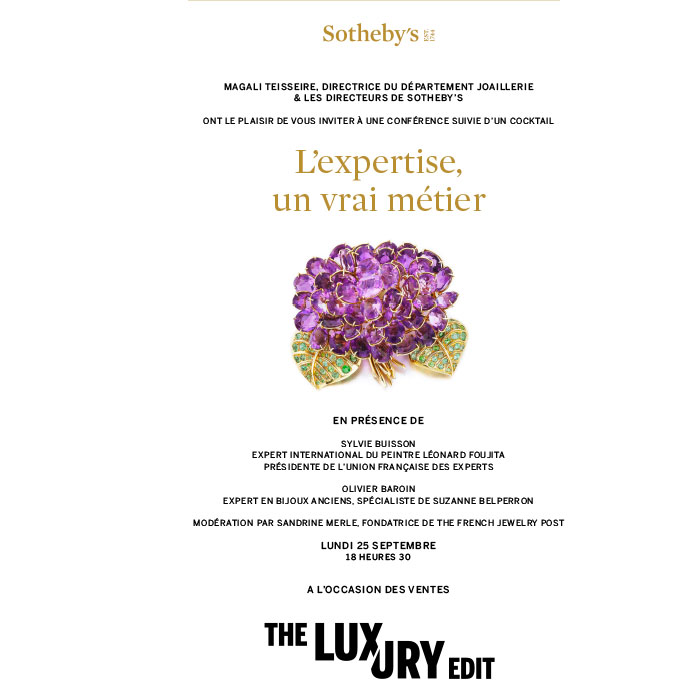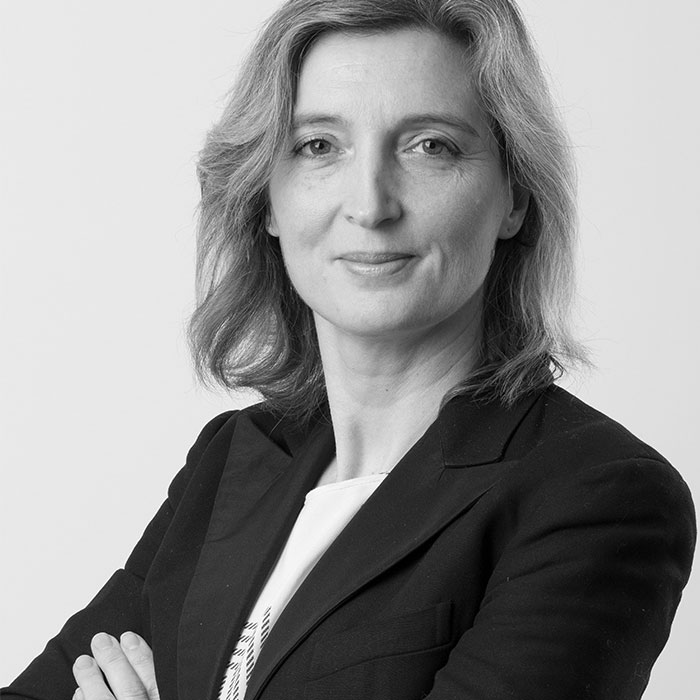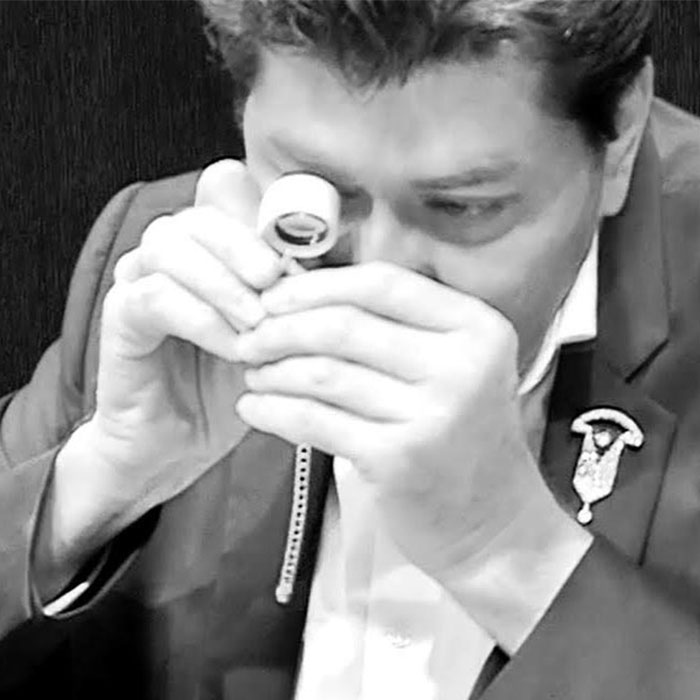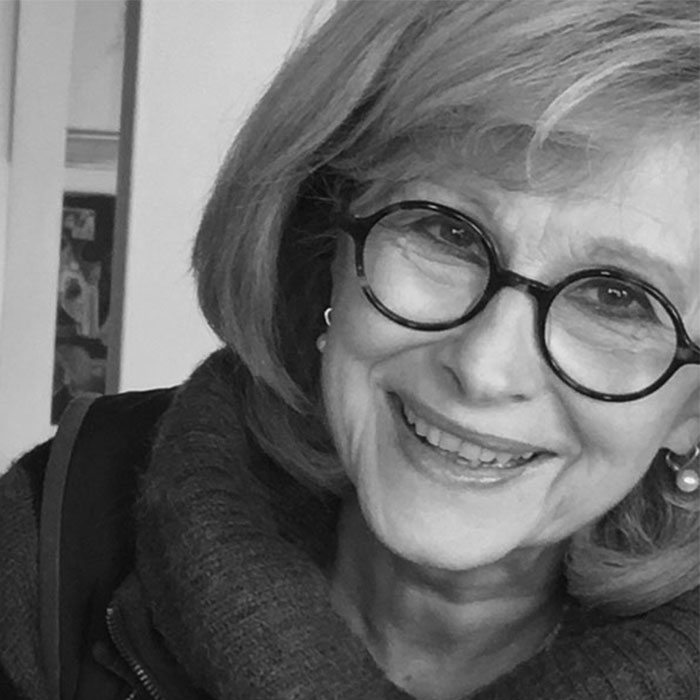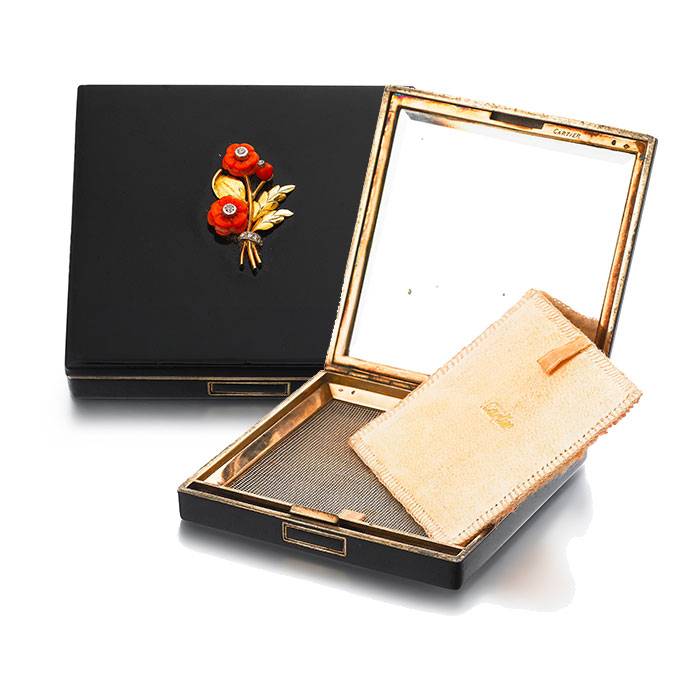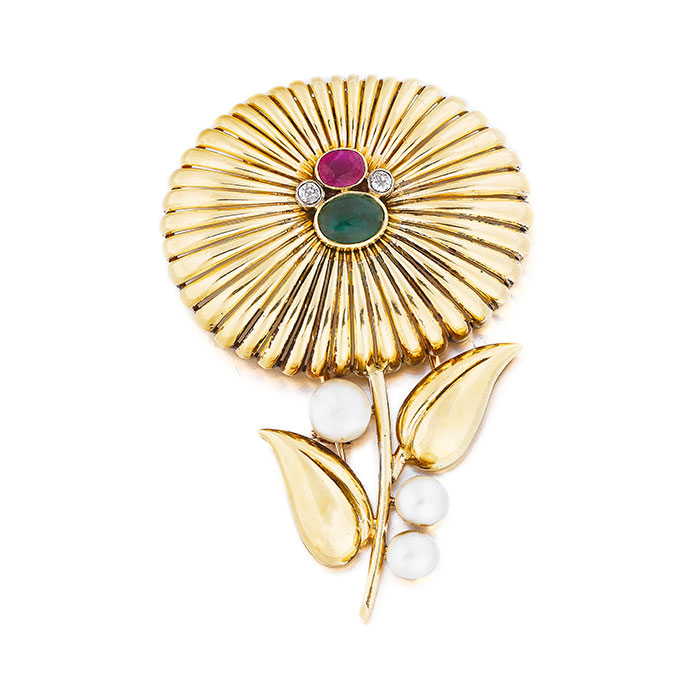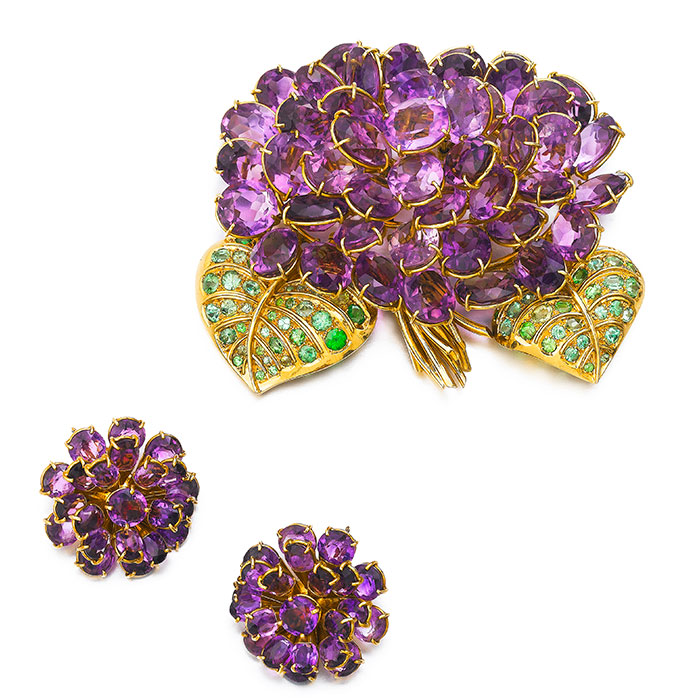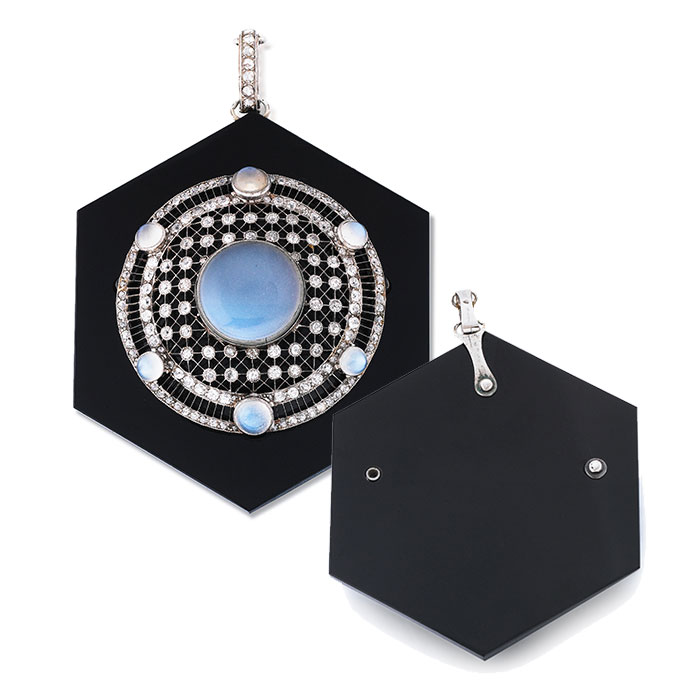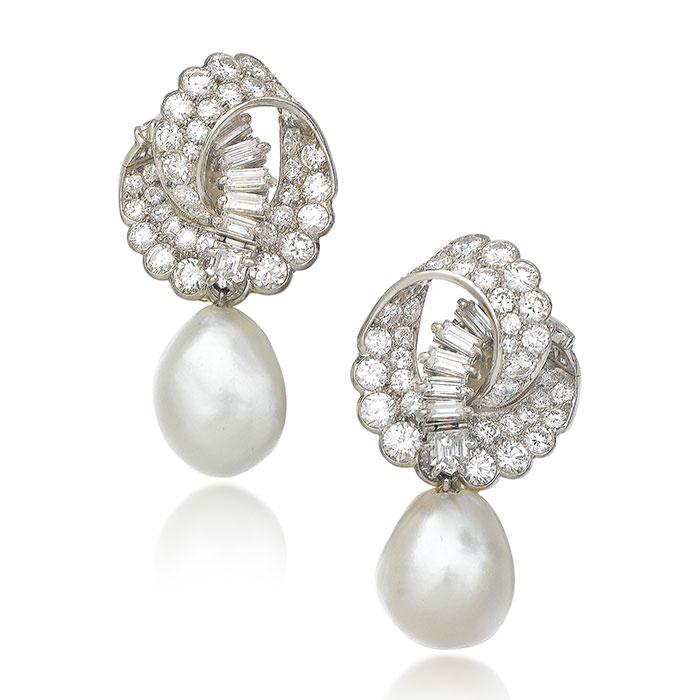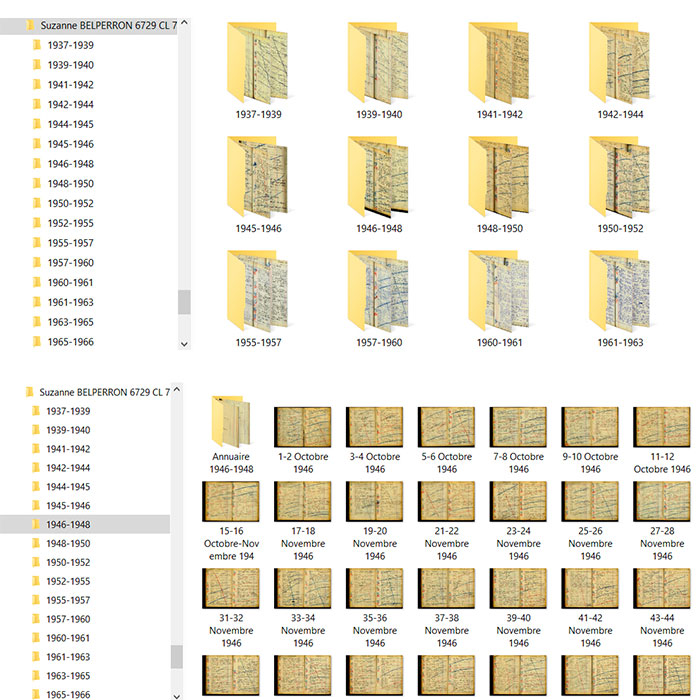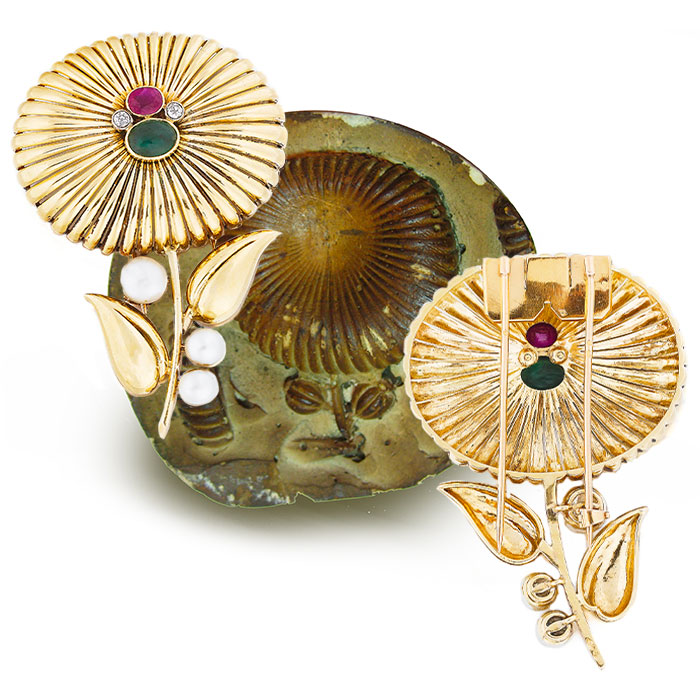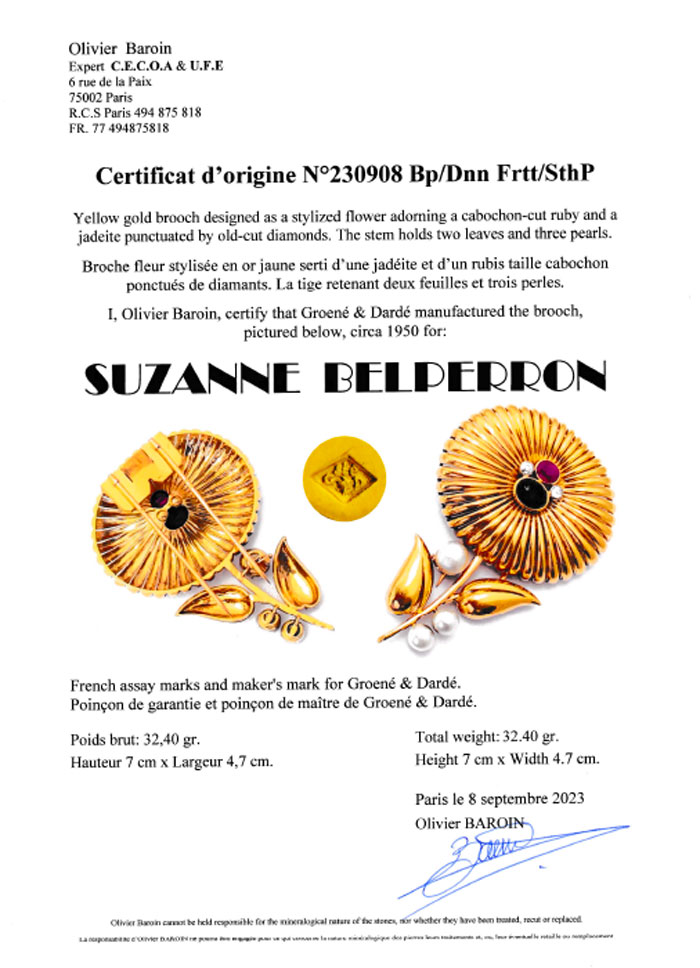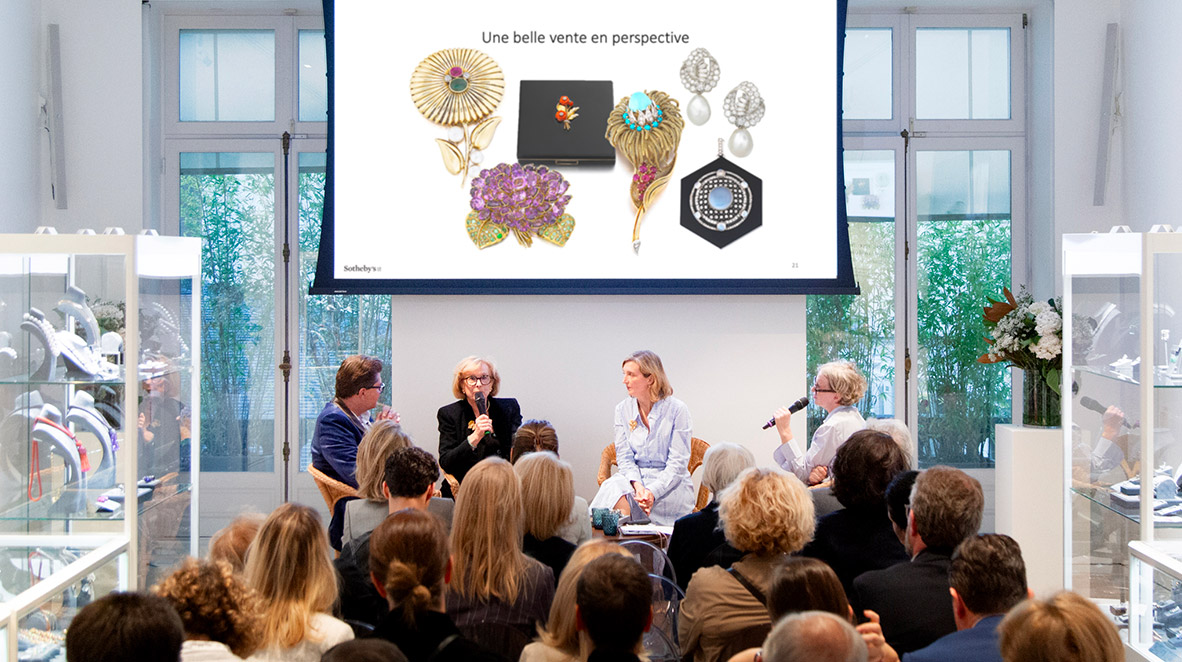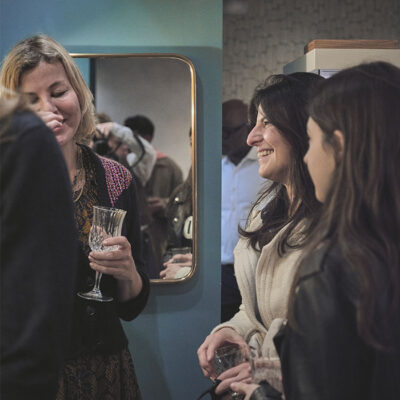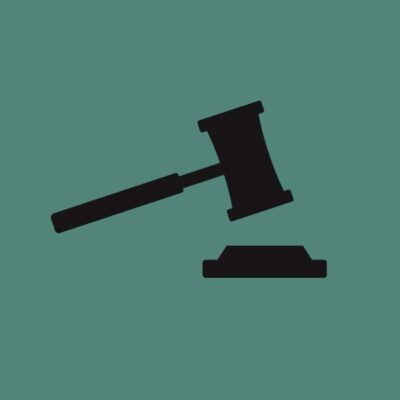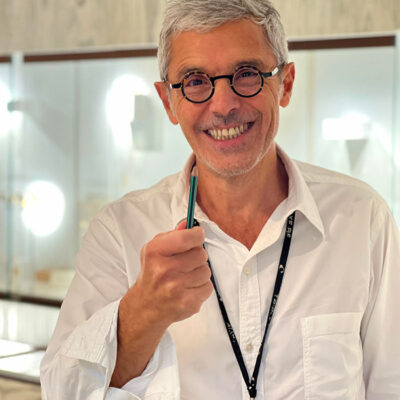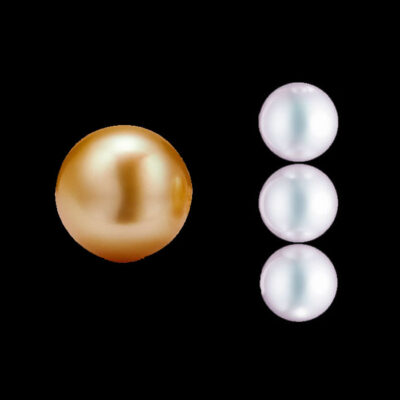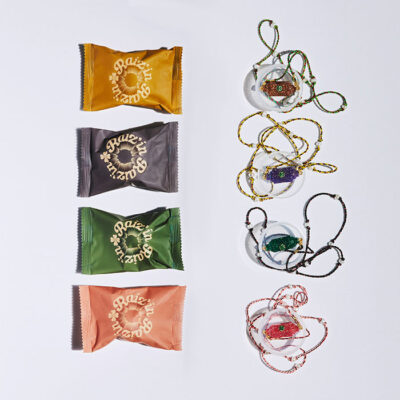Business
04 October 2023
Share
“Expertise, a Real Profession”: Sotheby’s Paris Conference
I had the honor of designing and moderating the conference “Expertise, a Real Profession,” initiated by Magali Teisseire (Director of the Jewelry Department at Sotheby’s Paris). Here is a summary of her fascinating discussion with Sylvie Buisson (expert of Léonard Foujita and President of the French Union of Experts) and Olivier Baroin (expert in antique jewelry, specialist in Suzanne Belperron).
1/ The certificate of authenticity, the quest for the Holy Grail
Jewelry buyers (including a growing number of collector-investors) seek reassurance before acquiring vintage or collectible jewelry. Often, these pieces lack a pedigree and invoice, and the person consigning them may not be the original owner. This gives rise to a search for information, where every clue must lead to a name, hallmark, signature, or serial number. The stakes are high because the price can vary significantly, sometimes doubling or even increasing by 10 or 20 times for certain brands!
2/ Different types of experts
Finding a reliable and competent expert can be challenging, as the internet has led to a proliferation. It’s important to note that a generalist expert, no matter how skilled, may struggle to authenticate certain pieces of jewelry. In such cases, people turn to a more specialized expert, referred to by Sylvie Buisson as a “mandarin expert.” These specialists typically have compiled a reasoned catalog or written a book. Best of all is an expert with access to archives, such as Olivier Baroin for Suzanne Belperron or Thomas Torroni-Levene for René Boivin. Such experts often collaborate.
3/ What makes a good expert?
According to Olivier Baroin, “one doesn’t learn to become an expert; only experience can make you one. Before acquiring the archives of Suzanne Belperron, I worked for 25 years in a jewelry workshop, where I became familiar with order books, manufacturing techniques, drawings, plaster molds, and more. The combination of both experiences allows me to determine if the workshops that worked for Suzanne Belperron could have created the piece in question, whether she handled it, and delivered it herself.” In other words, a mere gemology or jewelry diploma doesn’t make one an expert.
4/ Archives, a unique source
Archives are essential in the authentication process, where every detail is recorded. For the Georges Fouquet pendant, which was signed but atypical, Sotheby’s consulted Florent Guérif, who had access to the archives held by the Museum of Decorative Arts as part of his thesis work. He discovered that the jeweler added an onyx plaque beneath the previously designed mesh in 1922. Some jewelers keep their own archives but may be reluctant to provide authentication, requiring specialists like Olivier Bachet for Cartier, who has authored reference works.
5/ Authentication: the case of the Suzanne Belperron brooch
The absence of a signature (Suzanne Belperron never signed her jewelry) and the master G&D hallmark (representing her workshop) were the initial indicators that the piece was indeed created by the designer. Other evidence supporting this notion included drawings, plaster molds in the archives, and previously authenticated similar models. The only difference was the leaves, but once again, Olivier Baroin compared them to other pieces by the designer with identical foliage. “If there had been any suspicious details in the manufacturing, I would have abstained!” noted Olivier Baroin. As a bonus, Magali Teisseire had knowledge of the client’s name, recorded in the registers between 1951 and 1958.
Olivier Baroin, the expert of Suzanne Belperron
6/ What does the certificate of authenticity specify?
The certificate is a document that includes numerous details: the jeweler’s name, materials, provenance, bibliography, any modifications, and of course, the expert’s signature. “In some cases, certificates may be questioned when new archives emerge, as was the case with René Boivin,” explained Magali Teisseire. At Sotheby’s, we take these changes into account and transparently explain them to our clients.
7/ The expert’s Responsibility
Objectivity and careful consideration are crucial before issuing a 10-year valid certificate. “But in reality, it’s eternal, and it carries a complete commitment,” said Sylvie Buisson. A buyer who proves that an authentication is incorrect can hold the auction house accountable, which, in turn, can hold the expert responsible for issuing it. This is why Sotheby’s did not attribute a pair of pearl and diamond earrings to Cartier, despite the signature and exquisite work, due to significant oxidized soldering around the clasps. “Something unthinkable for this brand,” remarked Magali Teisseire. Was it an accident? Poorly executed alteration? An attempt to pass it off as a Cartier piece? Olivier Baroin’s motto is: “When in doubt, always abstain.”
Getting authentification for your jewelry
8/ In conclusion
Never rely on the first expert you find on Google! It’s essential to inquire, especially with the French Union of Experts, whose members have undergone rigorous oral examinations to assess their ability to analyze and consider the elements that lead to the truth. But it’s also the responsibility of increasingly discerning clients to buy and sell within secure channels.


